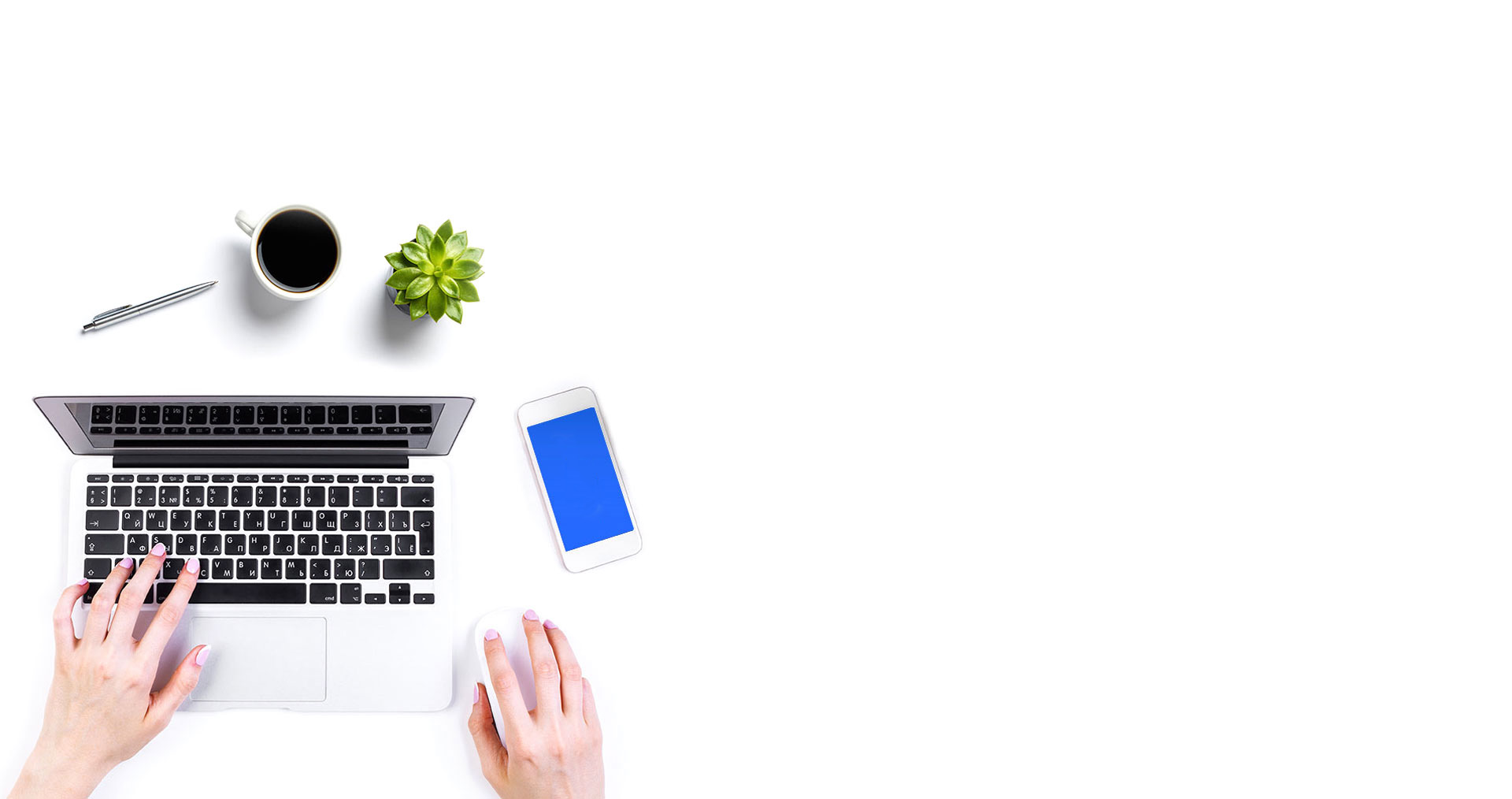▷ Material: wood pulp
▷ Features: transparent, biodegradable, smooth, anti-wear, moisture-proof
▷ Grammage: 50-220 gsm
▷ Certifications: FSC, SGS, ISO 9001
▷ Office & Education - Presentation slides, teaching visuals
▷ Screen Printing - Film positives for silk screen stencils
▷ Arts & Crafts - Overlay designs, photo collages
▷ Technical - Engineering diagrams, architectural overlays
▷ Commercial - Packaging mockups, product label prototyping
Inkjet Transparency Sheet is widely used as a lining and packaging material for 3C electronic devices and precision components, and has already been adopted by leading global manufacturers in the 3C electronics industry.
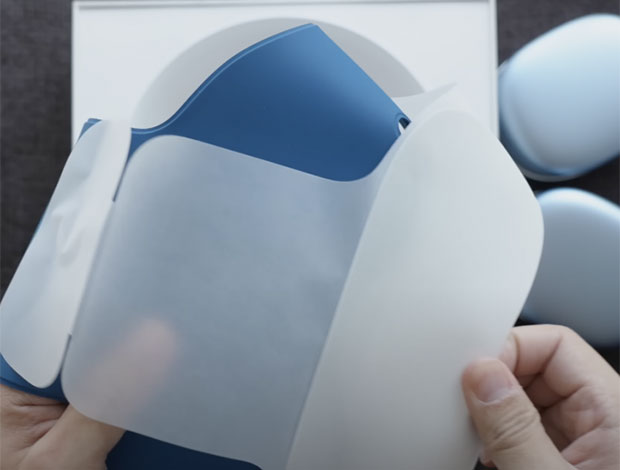
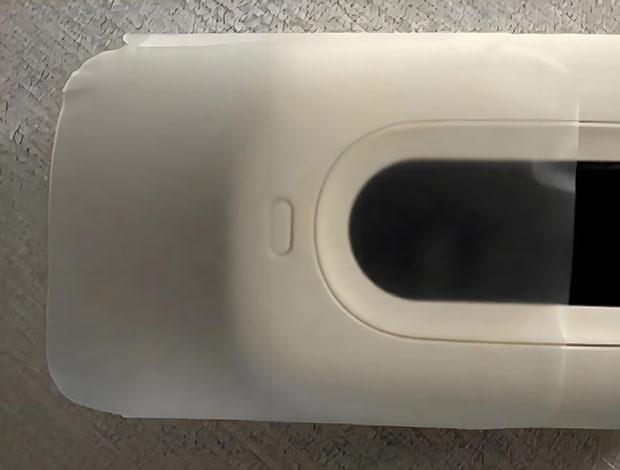
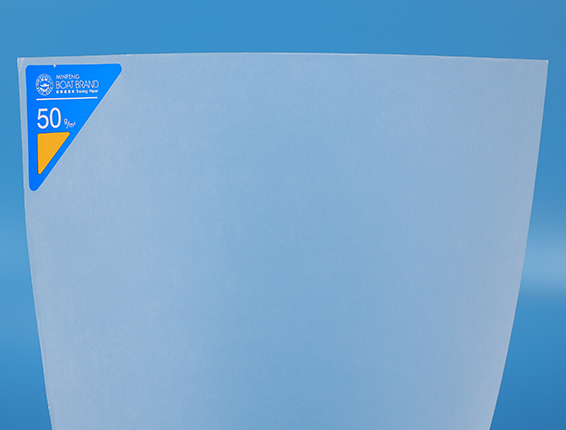
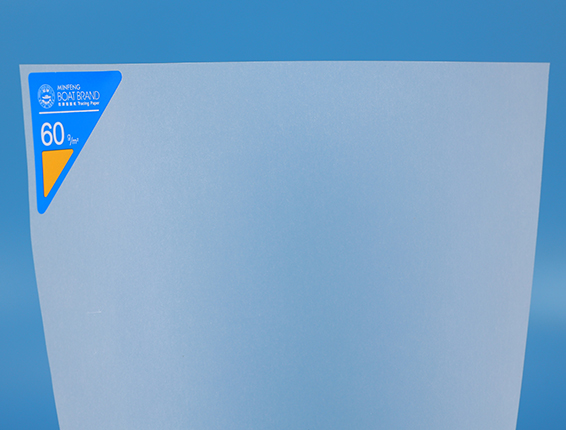
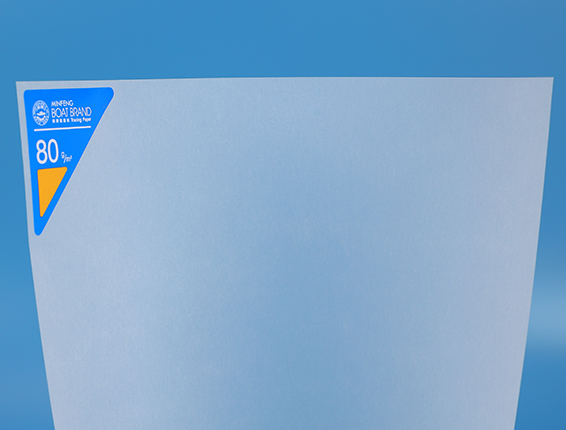
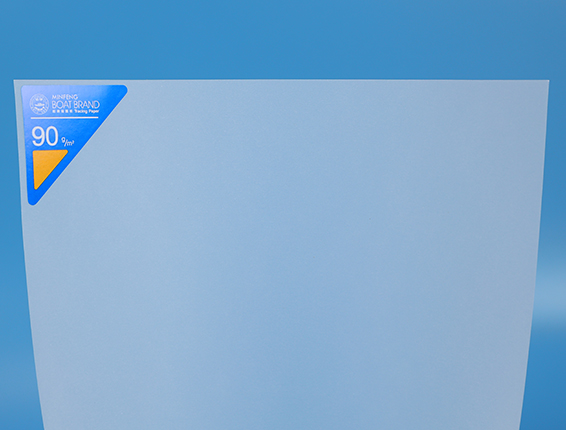
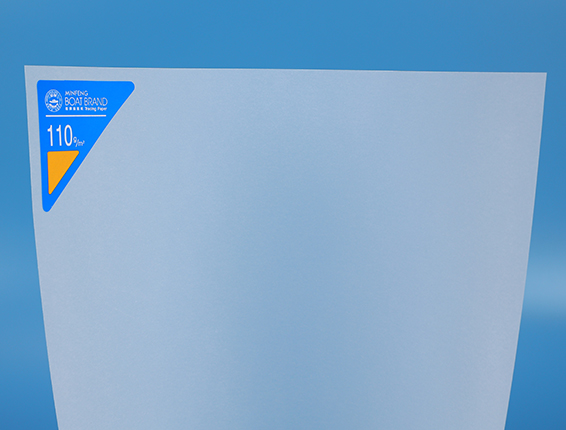
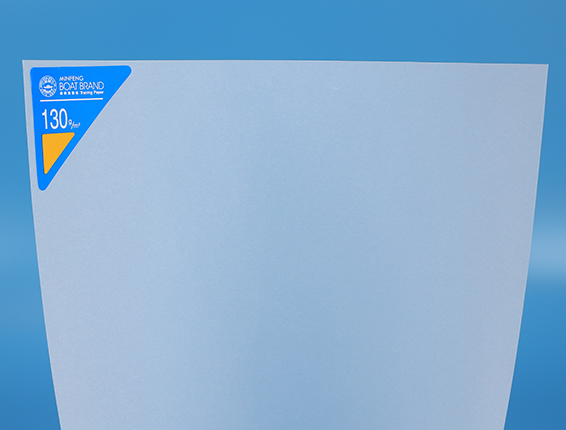
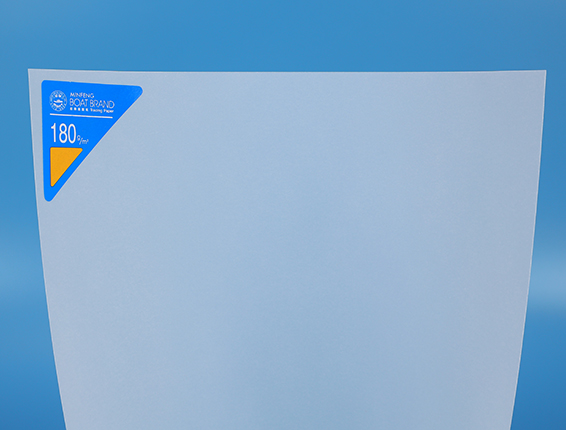

A transparency sheet is a thin, flexible, clear sheet that is transparent and is used for projecting images using an overhead projector or for creating overlays and special effects in design or presentations. It is also commonly used in arts, crafts, stencils, and screen printing.
Transparency sheets come in different types depending on the application:
Plain transparency: For use with overhead projectors.
Inkjet transparency: Specially coated to accept inkjet ink.
Laser transparency: Designed to withstand high heat from laser printers or copiers.
Yes, inkjet printers can print on transparent paper only if the transparency sheet is specially designed for inkjet printing.
Here’s what you need to know:
Use the right type: You must use inkjet-compatible transparency film, which has a special coating on one side to absorb the ink. Standard (uncoated) transparency sheets will cause the ink to smudge or not dry.
Print on the correct side: Usually, one side is matte or slightly textured—this is the printable side. The other side is slick and won’t hold ink properly.
Printer settings: Set your printer to the "transparency" or "photo paper" mode for better ink control and slower print speed.
Let it dry: Ink on transparency film may take longer to dry. Avoid touching the printed area right away.
